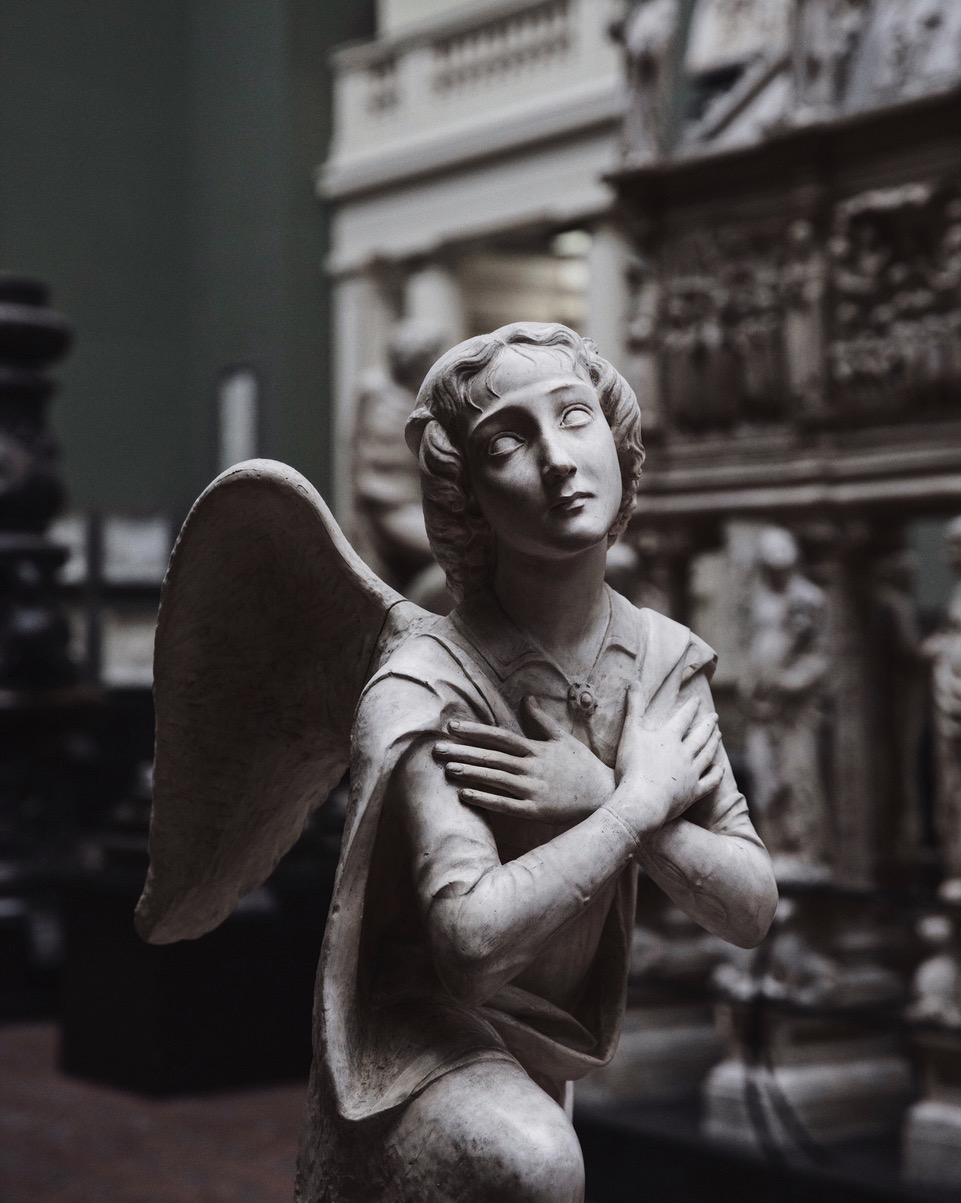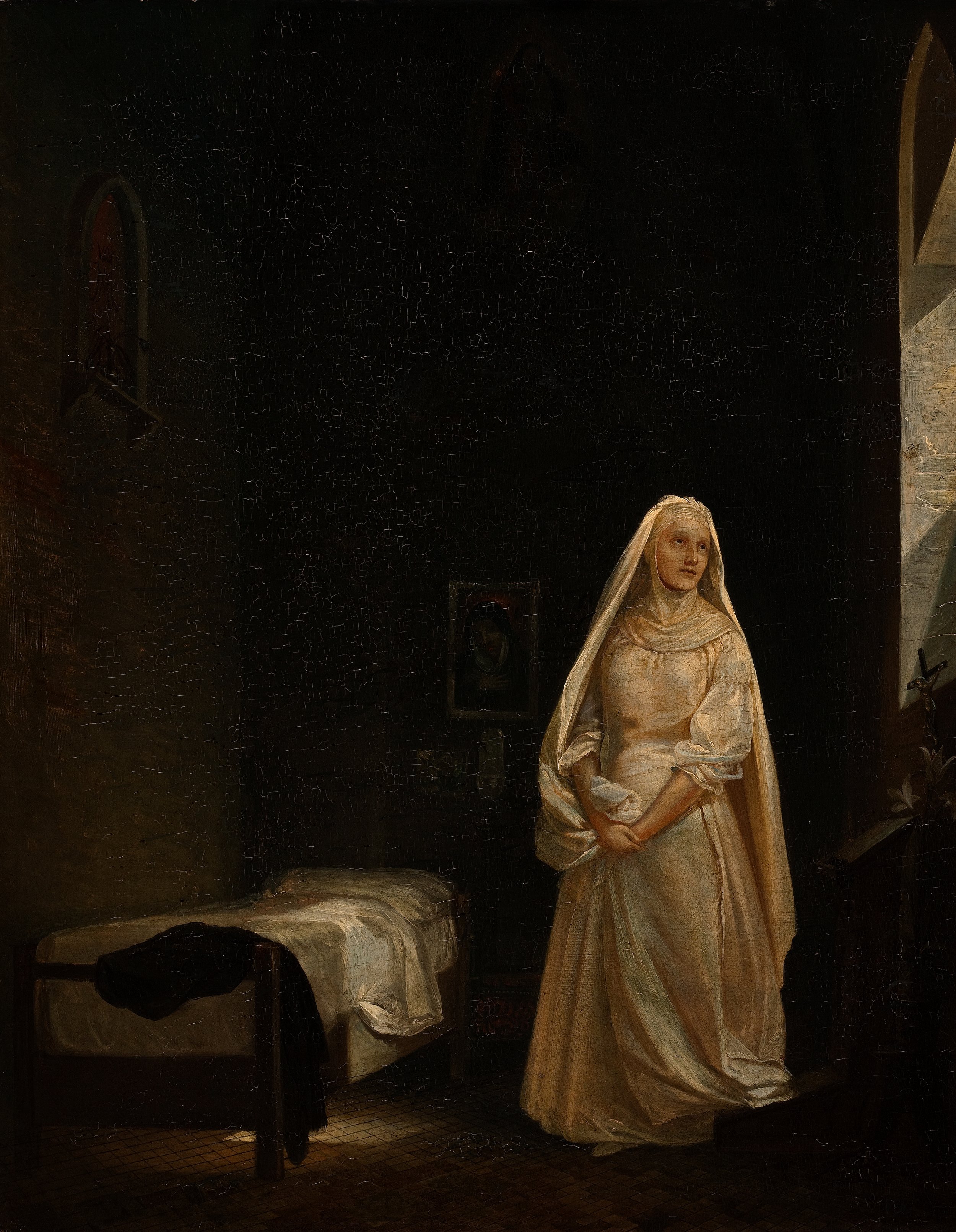Flannery O'Connor in a Christ Haunted Culture

Flannery O’Connor in a Christ Haunted Culture
By Karen Swallow Prior
The River, by Flannery O’Connor, takes my breath away.
Part of the jolt of this short story by Flannery O’Connor comes from its shocking ending, when the titular river steals forever the breath of a small boy who, in pursuit of the kingdom of heaven, drowns in the flowing water.
But the sublimity of the story stems from more than a disturbing end. As anyone with even a passing familiarity with O’Connor’s work knows, such a resolution is neither uncharacteristic of her craft nor merely sensation for sensation’s sake.
The totality of the story’s effect owes to all that precedes it. O’Connor’s signature style across the various genres in which she writes—short story, novel, essay, letter, prayer journal—is the revelation of spiritual truths through concrete particulars, the uncovering of the mystery within the manners, as she puts it, in order to bring a character—or a reader or herself—face to face with grace.
O’Connor understood that she was writing within and to what she called a “Christ-haunted” culture, one from which the essence of Christianity has been drained, leaving only an empty exterior shell, the form minus the content. The stories, which are her revelations of the divine, are filled with the grotesque, the violent, and the freaks—all designed to get the attention of the attention-disordered. “When you can assume that your audience holds the same beliefs you do,” she explains in Mystery and Manners, “you can relax and use more normal means of talking to it; when you have to assume that it does not, then you have to make your vision apparent by shock—to the hard of hearing you shout, and for the almost-blind you draw large and startling figures.”
Like the startling figure of little Harry Ashfield, neglected by his party-hardy parents, trekking out alone at dawn from his city home to a wooded road that takes him down to the river where the day before he was dunked under the water by an itinerant preacher and told, “You count now.”
The literal and the figurative in the story are like two sides of a golden coin. O’Connor’s vision, along with the language that expresses it, is anagogical. One scholar explains this anagogical vision as a way of seeing “all things as instances of participation in God.” Such a vision allows created things to be read as “fragmentary disclosures of the divine glory.” Through O’Connor’s anagogical language “the visible realities of this world… take on a fullness of meaning” when read as “figurative signification in relation to eternal glory or eschatological reality.”
Such layered language, resonant with both literal and transcendent significance, is found in the opening dialogue of The River. Harry’s new babysitter (one of a long line of strangers the parents pawn the boy off on so they can sleep off their hangovers) notices how clumsily Harry has been dressed when she arrives early in the morning to take him for the day. She tells Harry’s father, “He ain’t fixed right.” The father’s response is fitting in terms of both the story’s plot and its characterization—but also eerily prophetic of the story’s end and its ultimate meaning: “Well then for Christ’s sake fix him,” he says. And in taking the boy to the river later that day, where he comes to faith, she does.
The story is filled with suggestive animal imagery that also points to spiritual meaning. In a cruel joke, the babysitter’s own children set a pig loose on Harry, frightening the boy to tears. The pig, the babysitter assures him soothingly, is harmless and even looks like Mr. Paradise down the road, she says.
Mr. Paradise turns out to be the story’s antagonist and, like pigs in the Old Testament, spiritually unclean. Harry, on the other hand, the little child who comes to have the childlike faith praised by Jesus in the Bible, is likened to “an old sheep,” the central biblical metaphor for the believer who follows Christ the shepherd.
But the most subtle—and most powerful—anagogue in the story is hinted at in the boy’s last name, Ashfield. The imagery in this name is echoed later when Harry walks along a dirt road to be immersed in the muddy waters of the river.
The anagogue is most profound when Harry wakes up in his family’s apartment the morning after his baptism. While his parents sleep off the previous evening’s party, he wanders from room to room, looking for something to eat, something to drink, something to do. Bored and lonely, he decides to dump two of the ashtrays, still full from the adult festivities of the night before, onto the floor, “rubbing the ashes carefully into the rug with his finger.” Fooling with the ashes—which are a symbol in both the Bible and church tradition of human mortality—leads the boy “all of a sudden” to know “what he wanted to do.” He slips out of the house and returns to the river that beckons him like an irresistible pull of grace.
And there, in order to find his life, he loses it.
Karen Swallow Prior
Professor & Author
Photography by Jeffrey Chung




